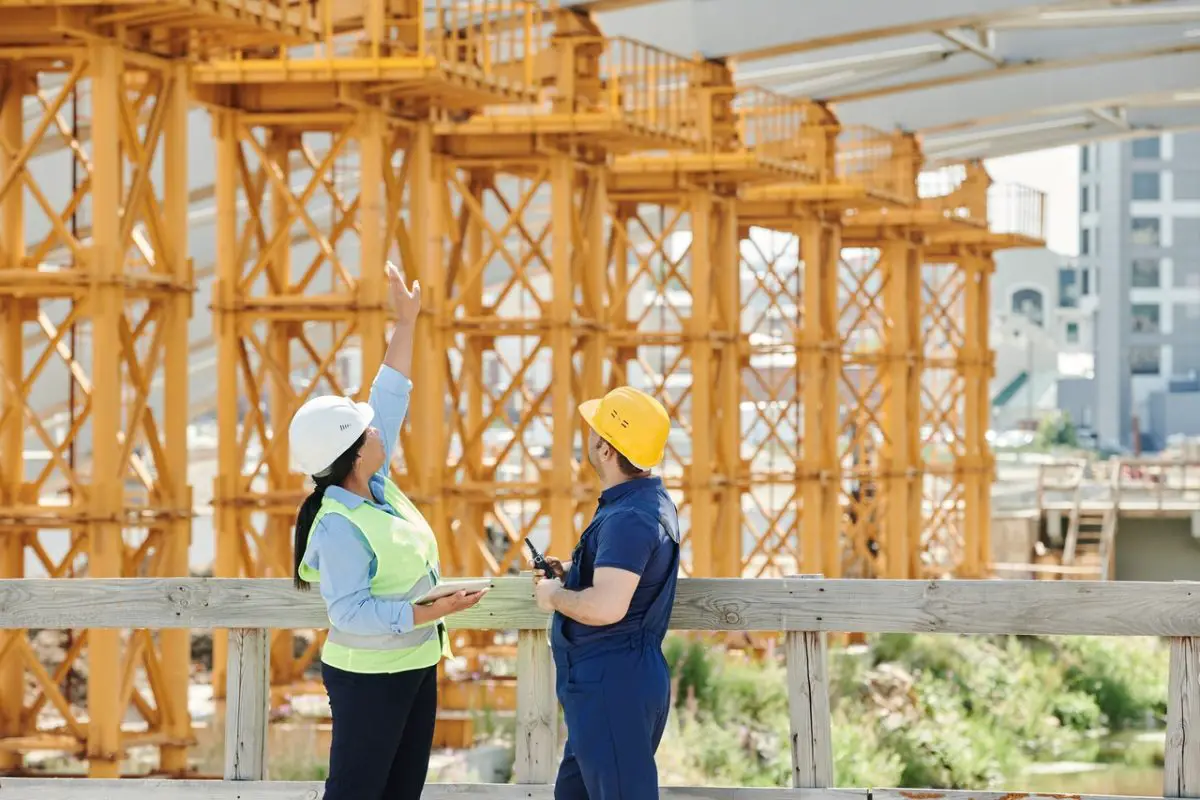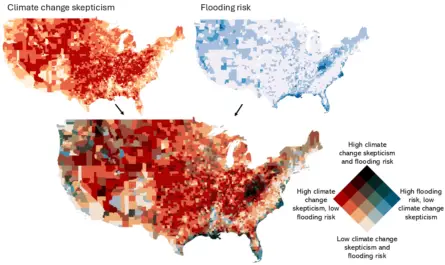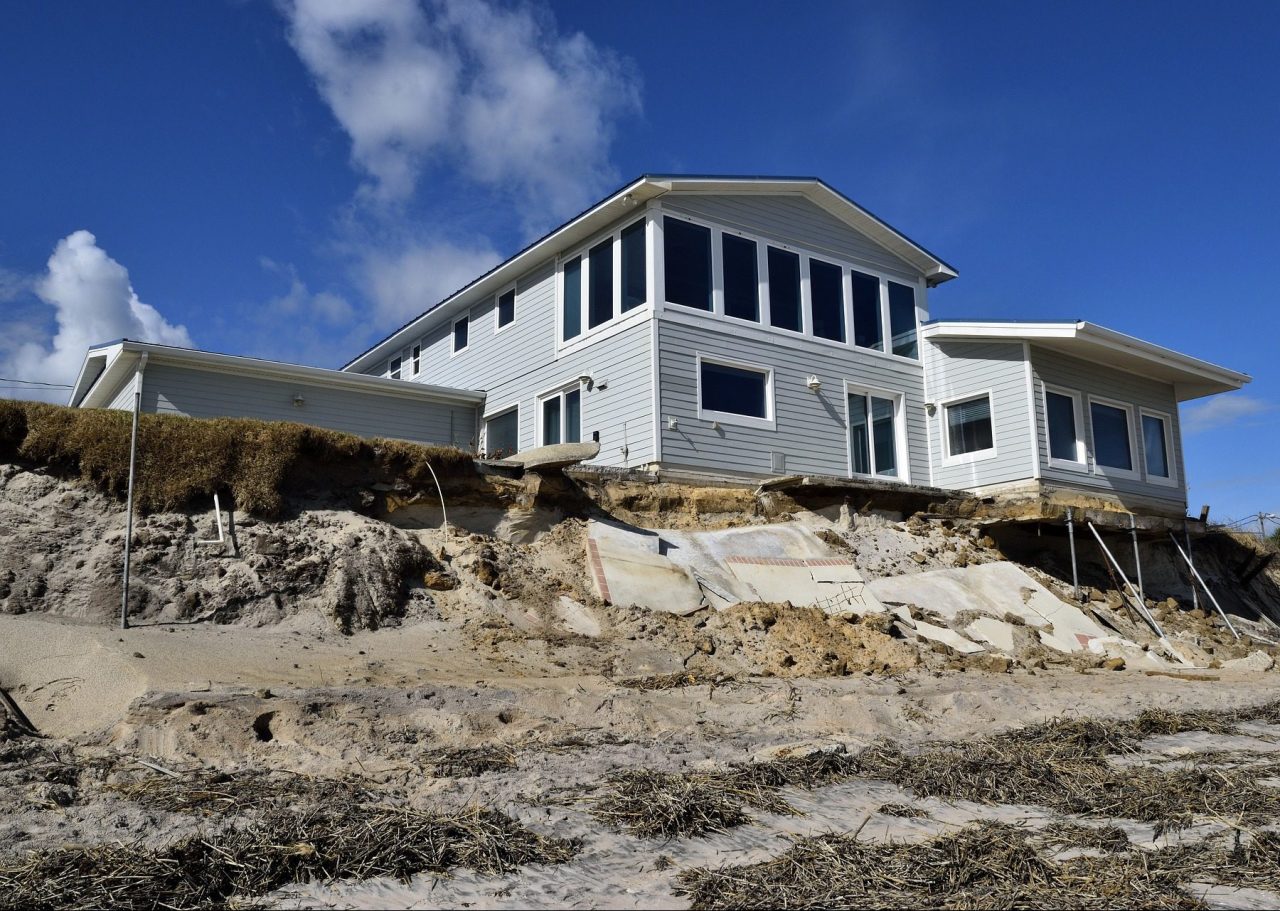There is no question that we’ve reached a point of urgency concerning the environment — if not an altogether crisis. Unless everyone collaborates to make smart cities and meaningful changes, future generations will suffer from irreversible ecological damage. This applies to individual citizens, businesses, industries, and governments alike.
Table of Contents
New Construction is One Answer
However, areas like Michigan are actively approaching this growing problem through its construction and city infrastructure. There are various projects and initiatives underway that are designed to meet the construction needs of the public while also prioritizing sustainable methods. This is a prime example of how governments worldwide should approach the challenges of oncoming climate change.
Let’s examine some of the critical areas of sustainable construction and smart cities and how Michigan is currently utilizing them.
Modular Construction
Modular buildings have emerged as one of the most valuable tools for achieving sustainable construction. This is a process that is also commonly known as prefabricated construction. Essentially, factories manufacture the buildings off-site and mass-produce each component. They then transport these modular parts to the construction site, where crews assemble them.
This approach is sustainable for several key factors. Firstly, the modular approach to construction produces up to 90% less waste, taking significant pressure off landfills. Modular properties are also reusable. Entire buildings can be transported to new sites, and components can be reused. There also tends to be less noise generated on-site during modular construction, resulting in less sound pollution to disrupt wildlife.
Michigan is active in embracing this approach to constructing modular homes and commercial buildings. The Great Lakes area is home to several construction companies specializing in these types of property, some of which have been operating since the 1960s and 1970s.
As such, there is significant professional experience available in Michigan to make the most of this valuable approach. Indeed, in recent years the University of Michigan utilized modular construction methods on its student residence buildings, reducing the time and negative impact of the project.
Smart Cities, Homes, and Businesses
The rise of our digital landscape has brought some significant advantages with it. Tools for automation and connectivity are now more accessible to not just large corporations and the super-wealthy. More affordable and user-friendly devices in the Internet of Things (IoT) have meant equal opportunities to utilize a connected ecosystem of tools. As such, smart homes and businesses are on the rise.
This supports sustainability by making homes more efficient. Devices linked to heating, ventilation, and air conditioning (HVAC) can adjust to seasonal needs and reduce unnecessary resource use. Some devices control lighting systems to shut off when rooms are unoccupied. From an intelligent business perspective, you can use the IoT paired with artificial intelligence (AI) driven software to track each element of operations and provide data for efficiency improvements.
In Michigan, various projects are underway to take these smart systems to the next level. Cities and municipalities across the state are joining international movements to encourage the development of sustainable communities that utilize smart systems, most notably the City of Ann Arbor. It won a 2018 Smart Cities North America Award for being actively committed to creating autonomous public transportation infrastructure.
That said, plenty of other areas are making efforts on a smaller scale. For example, the Eaton Village in Eaton Rapids, a neighborhood of small homes, has produced houses with sustainability and connectivity in mind. The homes are smaller with large windows designed to maximize natural light, but they’re also fitted with smart lighting, HVAC, and security systems.
Alternative Energy Projects
How we utilize and source energy is a significant focus when it comes to protecting our environment. We are still reliant on nonrenewable methods like coal and nuclear power. However, alternative energy projects, such as wind farms and solar farms, are getting increasing funding, research, and promotion to address the damage that traditional energy collection methods tend to produce. However, some of the most critical projects for energy sustainability relate to methods designed for individual homes and communities.
Many individuals are investing in solar power, with more new builds, including panels on roofs at the point of construction. Geothermal heating systems are also being increasingly incorporated into home design. This process harnesses heat energy beneath a property’s surface and converts it into warm air using geothermal heat pumps. This heat can then be redistributed around the home. The result is a method of heating that doesn’t pollute and doesn’t rely on nonrenewable energy sources.
While plenty of people have adopted these efficient processes, some hurdles are also involved. In Michigan, the planned smart community in the Highland Park area of Detroit is intended to be entirely self-sustaining by utilizing smart lighting, geothermal energy, and solar power systems. However, Michigan law states that new constructions must be connected to the existing power grid. As such, the planners have to utilize a workaround here, opting for a net-zero energy approach instead. Essentially, each home’s traditional energy will equal the renewable energy generated.
Green Construction Initiatives
There is a clear sense that construction, while necessary, is actively harmful to the environment. And in a vicious cycle, climate change, in turn, negatively impacts the construction industry as well. This is especially evident in the increasing frequency and intensity of extreme weather events that climate change continues to cause. In these events, crews’ safety will be put at risk of natural disasters. The economic viability of projects can also be affected by disruptions, repairs, and the need for contractors to work longer.
As such, there is a concerted effort to prevent and mitigate the potential impact on projects. Green building initiatives operating on state, national, and global scales have emerged to encourage developers to take sustainable action. When construction professionals collaborate on establishing standards for sustainable materials and methods, there is a chance to reduce further damage. This, in turn, may mitigate some of the consequences of climate change for developers, homeowners, and the planet.
The State of Michigan itself includes construction programs among its key green initiatives. When state-funded new buildings or renovations begin, they are designed with sustainable features and use recyclable and natural materials. The Green Building Council of West Michigan is also active in improving here. Its chapter members — primarily composed of professionals in the construction industry — provide others in the industry with resources on how to effectively pursue sustainable construction and gain green certification.
Final Thoughts On Smart Cities
Construction is, all at once, a contributor to environmental damage and a victim of it. Therefore, developers in the Michigan area must continue to pursue sustainable practices. This should include focusing on modular production practices and being part of meaningful green building initiatives. Becoming involved in smart city projects and incorporating alternative energy methods are also powerful tools for a greener future. Michigan is already proving itself to be ahead of the curve in many areas here. With additional investment and commitment, the state’s construction professionals can continue to make a positive impact.
Discover more from Thumbwind
Subscribe to get the latest posts sent to your email.




